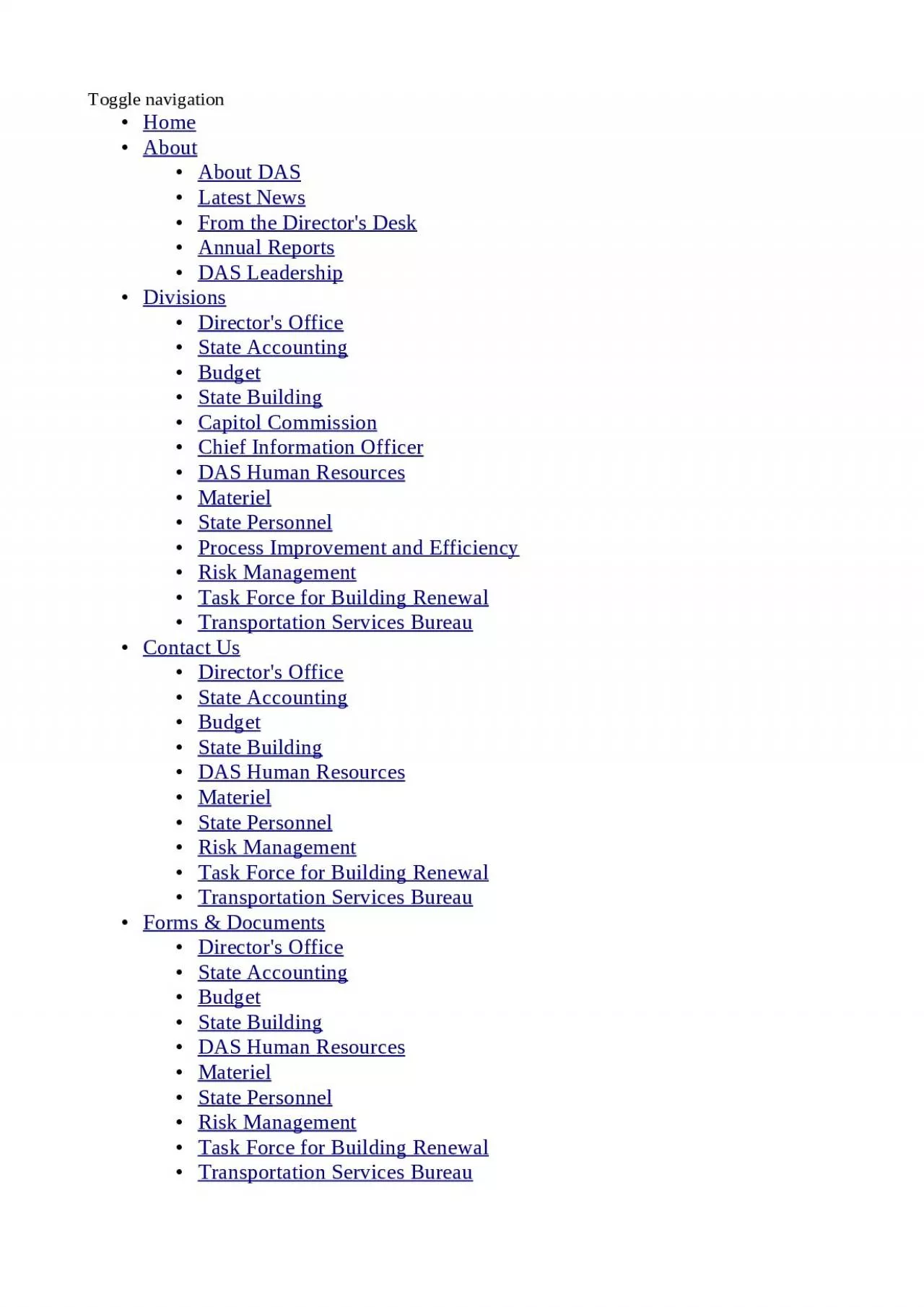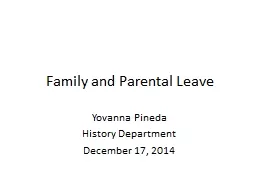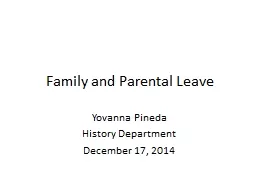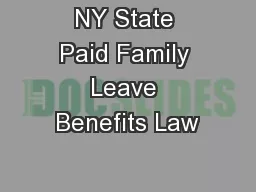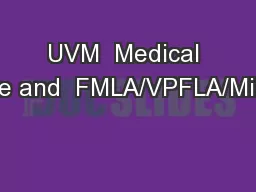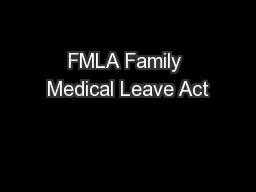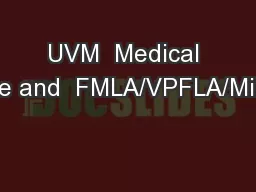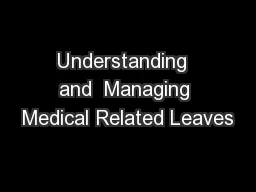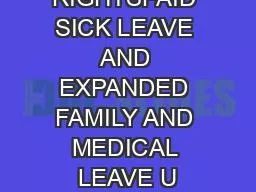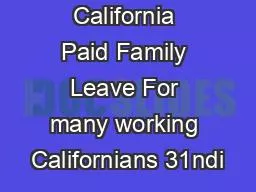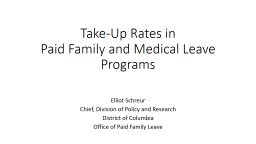PPT-Family and Medical Leave Act
Author : felicity | Published Date : 2024-02-03
Purpose Balance work and family life Promote economic security of families P reserve family integrity President Bill Clinton signed the Family and Medical Leave
Presentation Embed Code
Download Presentation
Download Presentation The PPT/PDF document "Family and Medical Leave Act" is the property of its rightful owner. Permission is granted to download and print the materials on this website for personal, non-commercial use only, and to display it on your personal computer provided you do not modify the materials and that you retain all copyright notices contained in the materials. By downloading content from our website, you accept the terms of this agreement.
Family and Medical Leave Act: Transcript
Download Rules Of Document
"Family and Medical Leave Act"The content belongs to its owner. You may download and print it for personal use, without modification, and keep all copyright notices. By downloading, you agree to these terms.
Related Documents

